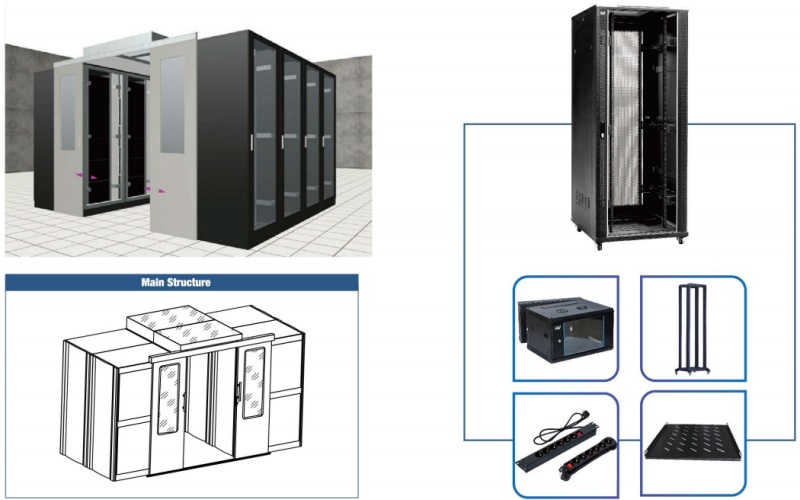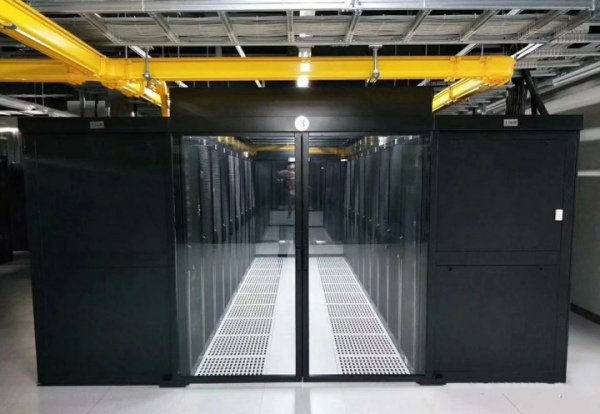Network Cabinet vs. Server Cabinet
Network cabinets and server cabinets are essential components in modern data centers and network infrastructure setups.
While they may appear similar at first glance, these cabinets serve different purposes and have specific features tailored to their respective requirements.
In this article, we will explore the differences between network cabinets and server cabinets, shedding light on their unique characteristics and applications.
1. What is a Network Cabinet?
A network cabinet, also known as a network rack or network enclosure, is designed to house networking equipment such as switches, routers, patch panels and cable management systems.
These cabinets prioritize structured organization and cable management while providing adequate ventilation and security.
Key features of network cabinets include size and form factor, ventilation and cooling, cable management and security measures.

2. What is a Server Cabinet?
A server cabinet, also referred to as a server rack or server enclosure, is specifically designed to house server equipment, including servers, storage devices, power distribution units (PDUs) and related components.
These cabinets prioritize stability, load-bearing capacity and accessibility for server installation and maintenance.
Key features of server cabinets include size and form factor, load-bearing capacity, accessibility and equipment mounting, and cable management solutions.

3. Differences between Network Cabinet and Server Cabinet:
- Size and Form Factor: Network cabinets are typically narrower and shallower compared to server cabinets. Network cabinets commonly have widths ranging from 600mm to 800mm, while server cabinets usually have a standard width of 600mm.
- Depth: Network cabinets often have depths below 800mm, while server cabinets typically have depths ranging from 900mm to 1200mm or more.
- Load-Bearing Capacity: Server cabinets are built to handle the weight of multiple servers and heavy equipment, featuring reinforced frames and vertical mounting rails for excellent static and dynamic load-bearing capabilities. Network cabinets have a slightly lower load-bearing capacity.
- Ventilation and Cooling: Network cabinets prioritize efficient airflow and ventilation to maintain optimal operating temperatures for networking devices. Server cabinets often feature perforated doors, fans, and cooling systems to dissipate heat generated by the servers.
- Accessibility and Equipment Mounting: Server cabinets are designed for easy installation and maintenance of server equipment, featuring removable side panels and front and rear doors for convenient access. Network cabinets may have similar features but prioritize cable management and organization over server accessibility.
4. Application Differs
Network cabinets are primarily used for housing networking equipment, including switches, routers and patch panels.
Server cabinets are specifically designed for server equipment and related components.
Network cabinets and server cabinets serve distinct purposes in data centers and networking environments.
Network cabinets prioritize structured organization, cable management and adequate ventilation for networking equipment.
Server cabinets, on the other hand, focus on stability, load-bearing capacity, and accessibility for server installation and maintenance.
Understanding these differences is crucial for selecting the appropriate cabinet type to meet specific infrastructure requirements, ensuring optimal performance and efficiency in data center and network deployments.

